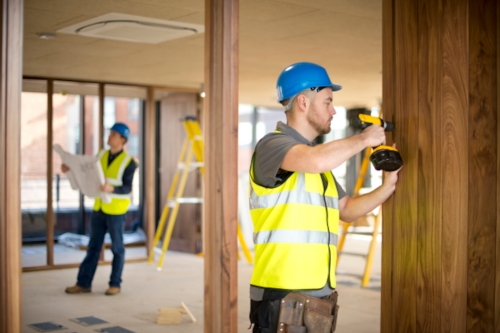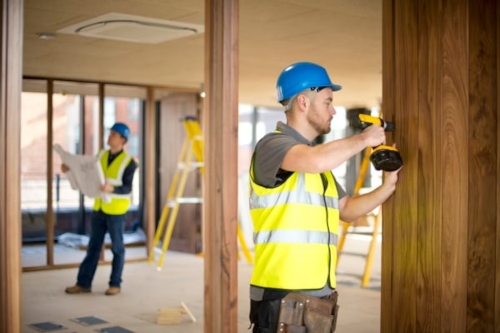
Passive Fire Protection Overview
Receive a quote tailored to your needs
Details
- Next training
- Not scheduled yet
- Course type
- Classroom
Course introduction
On this one-day course you'll gain a general understanding of the various passive fire protection systems available and the UK regulations and standards.
Who is the course for?
This course is appropriate for individuals who are directly engaged in installing, designing or maintaining passive fire protection measures or who work with equipment and materials relevant to passive fire protection, including but not limited to: Risk Assessors, Fire Officers, Architects, Building Control, Managers, Supervisors and Installers.
What will delegates take away?
The syllabus includes
Part 1 (morning): the ‘Core’ module
This is sub-divided into 3 areas:
The first part of the ‘Core’ module is an introduction to the International Fire Consultants Group. The module then looks at ‘Why are you here?’ and reasons why the installation of fire systems should be undertaken correctly. The initial introduction is completed by looking at the consequences if not done correctly with examples of actual fires that have occurred.
The second part of the ‘Core’ module looks at the regulation guidance in the UK and the associated Approved Documents to the Building Regulations and other useful and relevant documents. We also briefly scan the Regulatory Reform (Fire Safety) Order (RRO) and the Risk Assessment process. We then look at third party certification for products and installers and CE marking. This section is completed with an introduction to passive and active fire protection and brief details specifically about active fire protection and smoke control.
The third part starts with ‘What is Fire?’ and then covers some of the terminology and some causes of fires in buildings. The fire tests are then examined with respect to large scale ‘Fire Resistance’ tests and ‘Reaction-to-Fire’ testing. The morning session is finalised with a look at the European guidance and the European fire testing.
Part 2 (afternoon): the ‘Systems’ module
The ‘Systems’ module starts with a brief introduction and then looks in detail at fire resisting timber doorsets – this part contains a maintenance checklist for those also interested in an inspection of timber fire doors under the (RRO). Other passive fire protection systems are then briefly examined including the follow:
- Compartmentation – partition walls, floors and ceilings glazed screens.
- Wall and ceiling linings.
- The building envelope.
- Service risers and shafts.
- Penetration sealing systems.
- Cavity barriers.
- Fire resisting ducts and dampers.
- Fire resisting steel doorsets, rolling shutters and motorized curtains.
- Protection to structural steel – board, intumescent paint and spray.
Fire Door Inspection Course
Learn how to inspect a fire resisting door set and complete an inspection report.

IFE Level 2 Certificate
This intermediate level course provides a foundation in fire safety with modules across a selected range of passive fire protection systems.

Fire Rated Timber Door Sets
Gain a critical understanding of the important issues that must be addressed when conducting installation, maintenance and inspections of Fire Rated Timber Doors.
